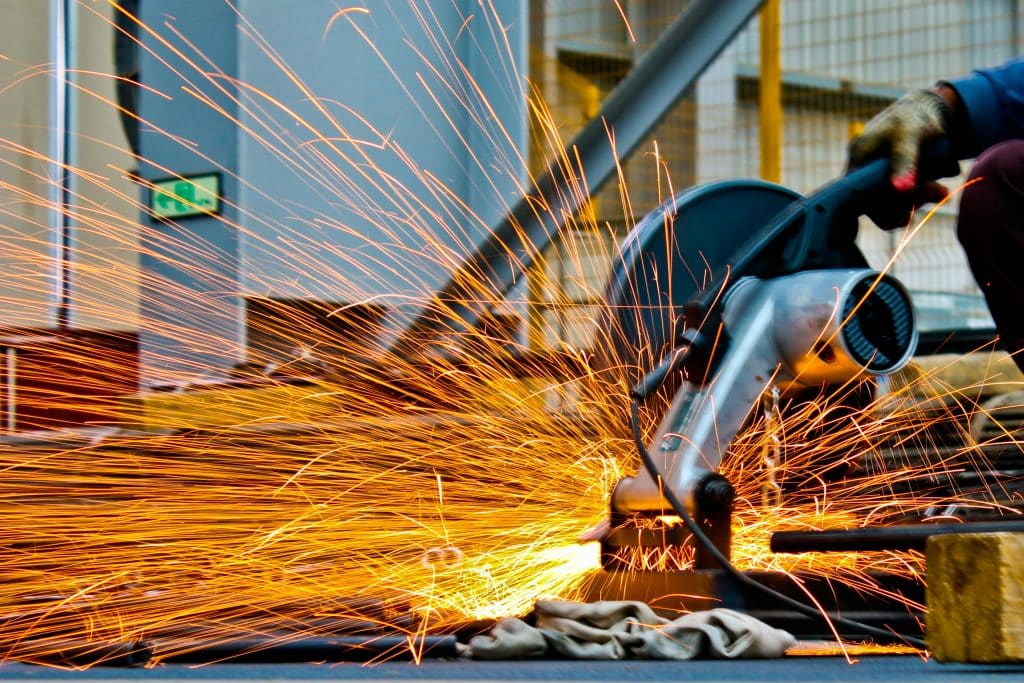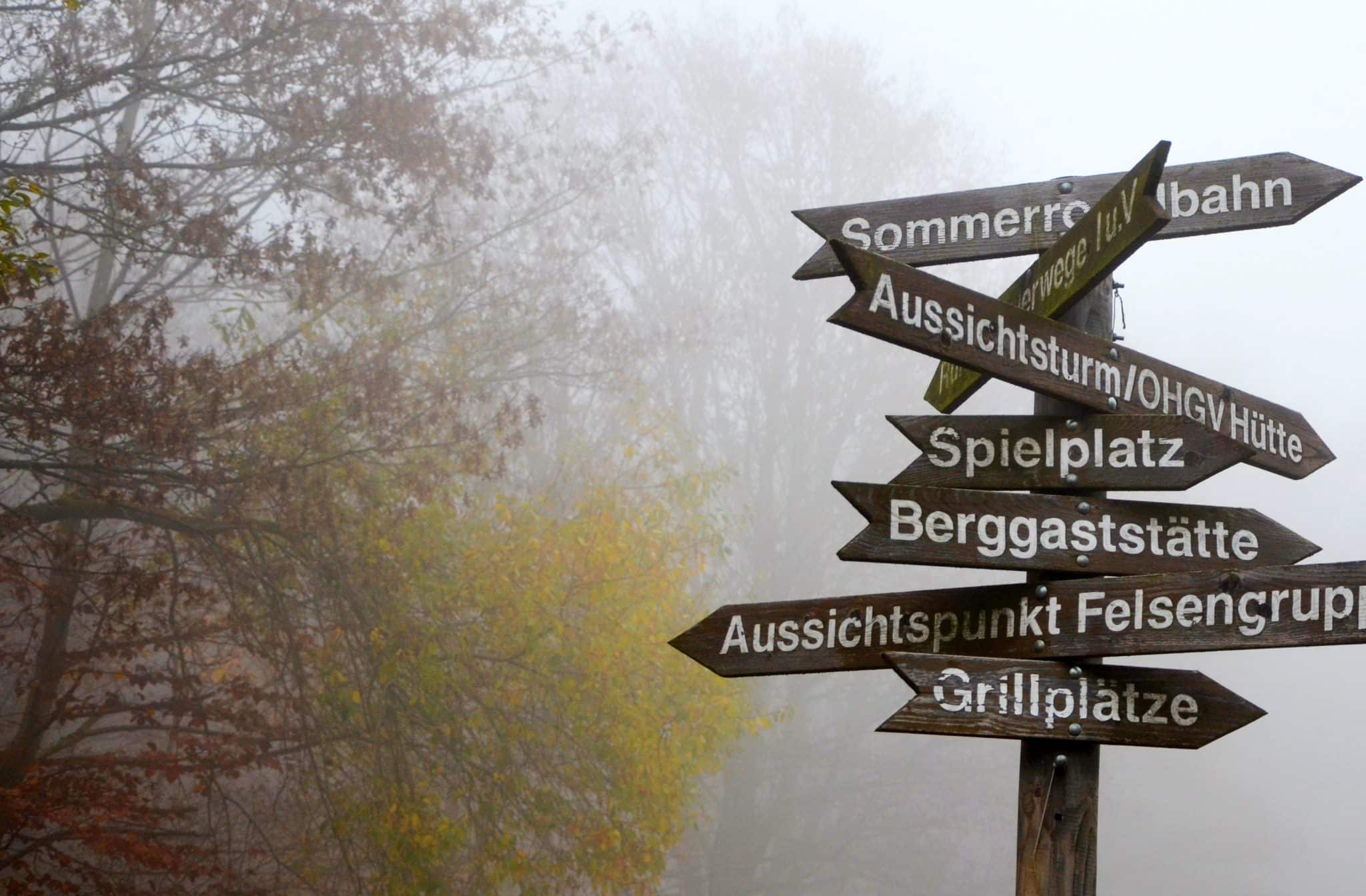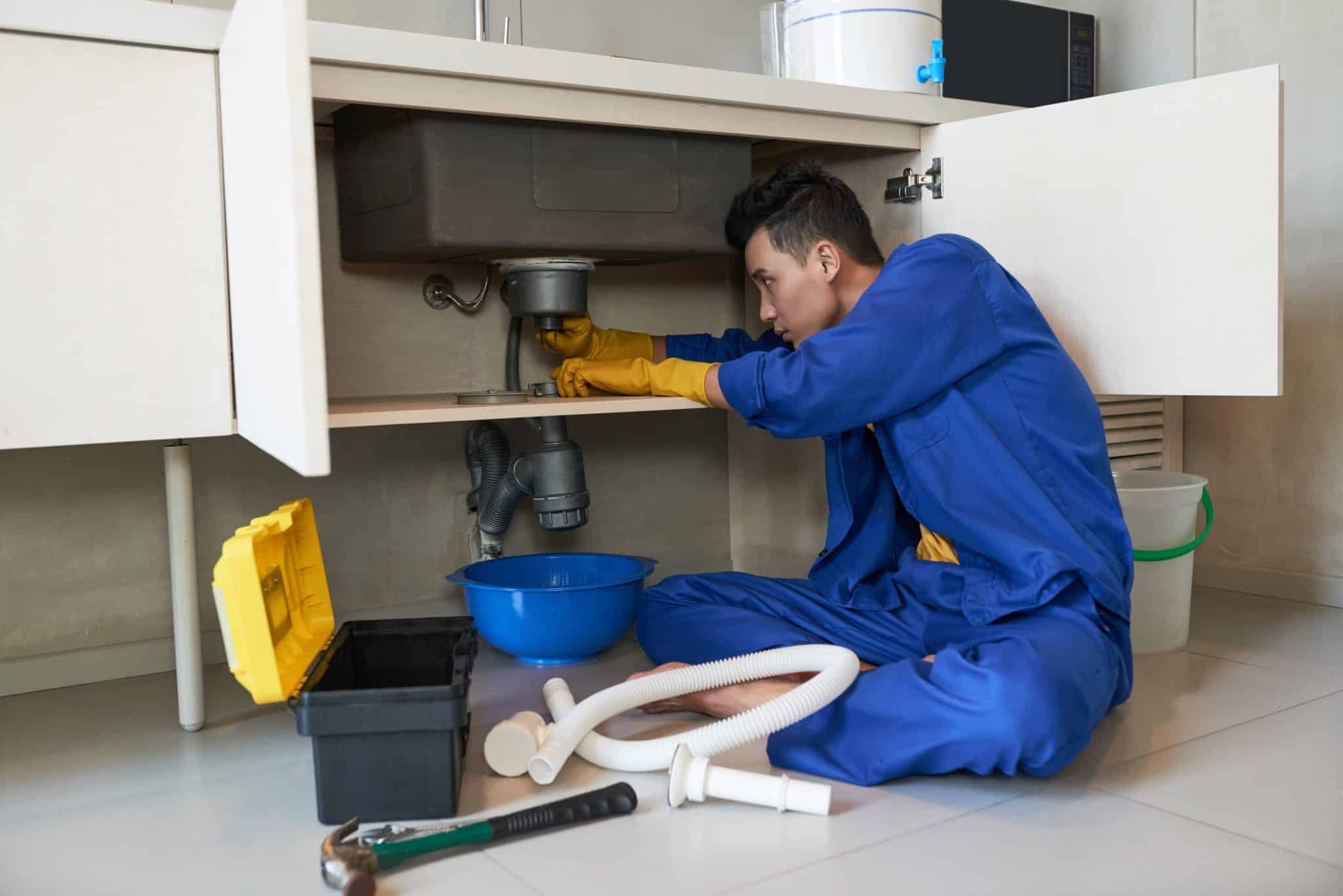Welding plays a vital role in shaping and maintaining the world around us — from towering skyscrapers and intricate artworks to sturdy agricultural machinery and precision-engineered components. Whether it’s for construction, repair, or fabrication, understanding the different types of welding processes can help you choose the right technique for your specific project. Skilled tradespeople who specialize in welding cairns services often employ several distinct welding methods to achieve durable and reliable results.

Understanding the Basics of Welding
At its core, welding is the process of joining two or more pieces of metal by applying heat, pressure, or both, to create a strong and lasting bond. Modern welding has evolved far beyond simple hand-held tools; today, it encompasses a range of techniques that use electricity, gas, or advanced machinery. Each method has unique advantages and is suited to particular applications, materials, and environments.
When selecting a welding process, several factors come into play — including the type of metal, thickness, required strength, and appearance of the finished product. Skilled welders must balance these factors while adhering to strict safety and quality standards.
Common Types of Welding Processes
1. MIG Welding (Gas Metal Arc Welding)
MIG welding is one of the most popular and versatile methods in modern metalwork. It uses a continuously fed wire electrode and a shielding gas to protect the weld from contamination. This process is ideal for high-speed applications and is commonly used for joining mild steel, stainless steel, and aluminum.
Because MIG welding allows for cleaner welds and faster turnaround times, it’s particularly favored in manufacturing, automotive, and general fabrication projects. Its ability to produce neat, strong joints makes it a go-to choice for both beginners and professionals.
2. TIG Welding (Gas Tungsten Arc Welding)
TIG welding, known for its precision and aesthetic finish, uses a non-consumable tungsten electrode to generate the weld. This technique is ideal for detailed or visually appealing projects, such as stainless steel fixtures, custom metal art, or decorative structures.
Unlike MIG welding, TIG requires more skill and control, as it typically involves feeding a separate filler material. However, it offers superior weld quality and appearance — perfect for applications where every detail counts.
3. Stick Welding (Shielded Metal Arc Welding)
Stick welding is a traditional yet reliable process, especially suited for outdoor and rugged environments. It uses a consumable electrode coated in flux to create an arc and protect the weld from impurities. This technique performs exceptionally well on dirty or rusted metals, making it ideal for heavy machinery, construction, and field repairs.
Because it doesn’t rely on external shielding gas, stick welding remains dependable even in windy or remote conditions, where portability and versatility are crucial.
4. Flux-Cored Arc Welding (FCAW)
Flux-cored welding is similar to MIG but uses a special tubular wire filled with flux. This makes it efficient for thicker materials and outdoor applications where shielding gas might not be practical. FCAW is often preferred for large-scale structural work or heavy equipment repairs due to its deep penetration and high productivity.
5. Plasma Arc and Spot Welding
For specialized or precision tasks, plasma arc welding and spot welding are highly effective. Plasma arc welding uses ionized gas to produce an extremely focused heat source, allowing for clean, detailed joints. Spot welding, on the other hand, is commonly used in the automotive and electronics industries for joining thin sheets of metal quickly and efficiently.
Choosing the Right Welding Technique
The best welding process depends on the materials, environment, and purpose of your project. MIG and TIG welding offer precision and visual appeal, while stick and flux-cored methods deliver strength and adaptability in challenging conditions. Advanced techniques like plasma cutting or robotic welding add another layer of precision and efficiency, allowing for creative and complex fabrication work.
When looking for expert metalwork or fabrication, it’s important to partner with professionals experienced in various methods of welding cairns projects. Experienced welders not only bring technical skill but also understand the nuances of different metals, environmental factors, and safety standards that ensure the longevity and performance of every weld.
Final Thoughts
Welding is more than just joining metals; it’s the art and science of transforming raw materials into functional, lasting structures. From robust industrial frameworks to detailed custom creations, the right welding process ensures durability, safety, and visual appeal. By understanding the different types of welding and their advantages, you can make informed decisions for your next project and trust that every spark contributes to something substantial, reliable, and built to last.


